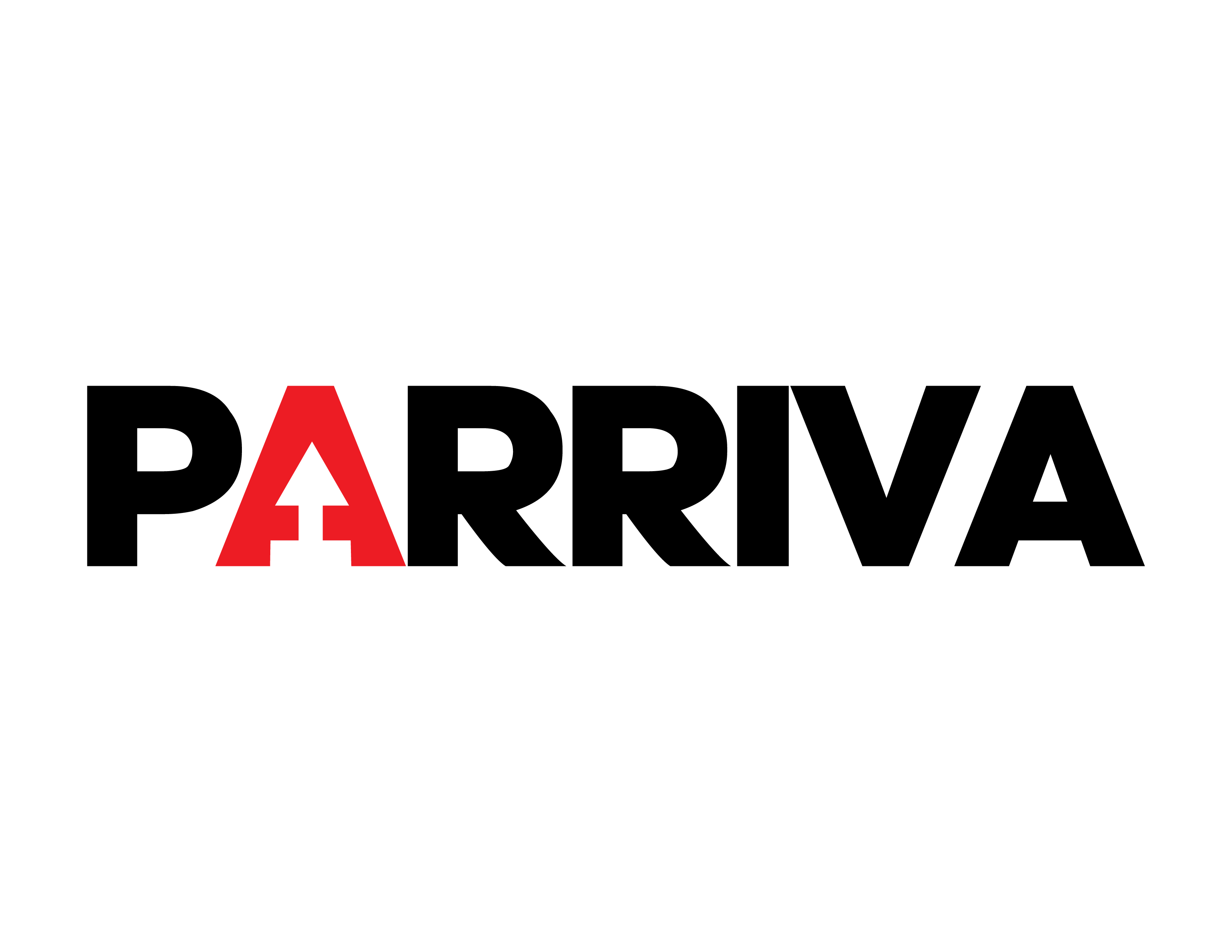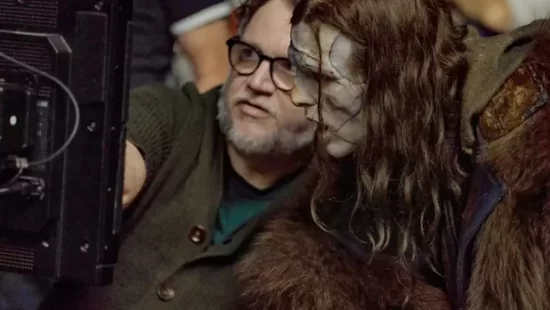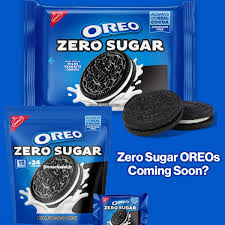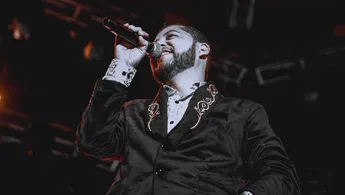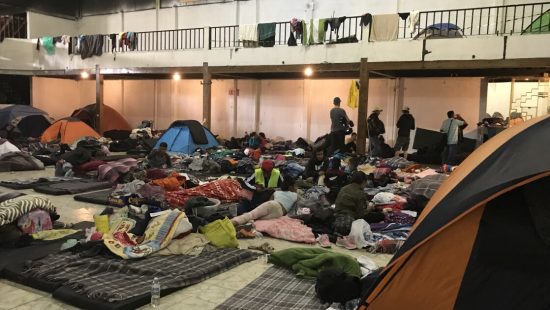At least 24 U.S. cities on Wednesday joined the protests against Donald Trump’s immigration policy, in a wave of pushback that began last Friday in Los Angeles. New protests have been called throughout California, and from coast to coast, from Las Vegas and Seattle to New York and Austin. Thousands of people are expected to take to the streets this week to challenge the U.S. government’s campaign of mass detentions and deportations, a prelude to the protests planned for this Saturday. On that day, President Trump will celebrate his birthday with a military parade in the capital, which will be met with hundreds of demonstrations across the country.
Protests in solidarity with L.A. have been spreading to other locations since the weekend, but on Tuesday they intensified and grew in size. In New York City, thousands of people gathered in Lower Manhattan, home to several federal immigration agencies, including Immigration and Customs Enforcement (ICE), the main focus of protesters’ anger. The protest continued with a peaceful march through the area, but clashes broke out between authorities and a group that remained near the ICE offices. Police arrested dozens of people, pushing and knocking some protesters to the ground, and using pepper spray.
Clashes also broke out in Atlanta, Georgia, where hundreds of people had gathered to protest Tuesday night. According to authorities, six people were arrested after the protest ran past the scheduled time. Officers used chemicals and physical force to disperse the crowd, and some protesters hurled fireworks and rocks. And in Chicago, Illinois, after thousands of people marched through the city streets, some protesters threw water bottles at the police.
Hundreds of people have been arrested across the country since the protests erupted. Most of the arrests have taken place in California, particularly in Los Angeles, where protests entered their sixth day Wednesday amid a heavy military presence and a curfew declared by local authorities. More than 330 people have been arrested in the country’s second-most populated city. Another 240 have been arrested in San Francisco, where protesters forced the closure of two immigration courts on Tuesday.
Some organizers fear that Trump could deploy National Guard troops or Marines to other cities, as he has already done in Los Angeles. The president has said that the military deployment in California could be “the first of many” in different states. In Texas, Governor Greg Abbott, a Republican and president of President Trump, especially on immigration issues, has announced that he will deploy the National Guard to his territory “to ensure peace and order,” after several protesters clashed with authorities in a few cities in the southern state, leading to dozens of arrests.
In New York City, Mayor Eric Adams, a Democrat but also an ally of Trump on his immigration agenda, has said he does not anticipate a military deployment and has assured that the New York Police Department, due to its size and experience, are prepared to deal with the protests. He has warned, however, that he will not tolerate a repeat of the violence seen in Los Angeles on the streets of the Big Apple. New York, like the California metropolis, is one of the so-called sanctuary cities, which do not cooperate with federal immigration authorities.
Most of the actions planned for this Saturday had been called before the protests erupted in Los Angeles to coincide with the president’s birthday and his military parade. But now the pro-immigrant demonstrations are expected to overlap with those on June 14, giving rise to a massive protest movement, perhaps the largest since Trump took office five months ago.
